Chinese hairstyles by young women had a significant meaning. Some hairstyles signified the marital status of a woman, or her age and were a sign of beauty and nobility. Long hair in men also signified virility and piety. Cutting hair in ancient Chinese showed anti-social behavior and barbarism.
What are Chinese Hairstyles?
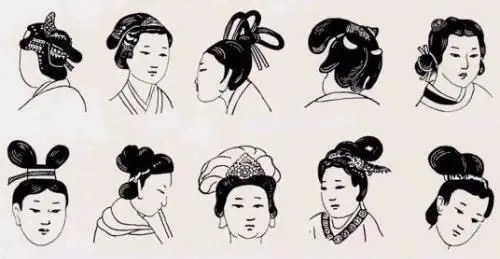
Chinese hairstyles come in stylish and crazy styles, mostly buns. Some common styles include the Hammer Bun, High Raise Bun, Cobra Bun, and the Flat Sagging Bun, among others. These hairstyles were a symbol of identity, religion, status, and political stand. Confucian values demanded hair be worn long by all. The cobra bun is famous in Chinese warrior movies. It is a symbol of vigor and resilience. The Buddha bun symbolized war and the grace to win. Its princess look meant that the warriors had the grace to win.
What are traditional Chinese hairstyles called?
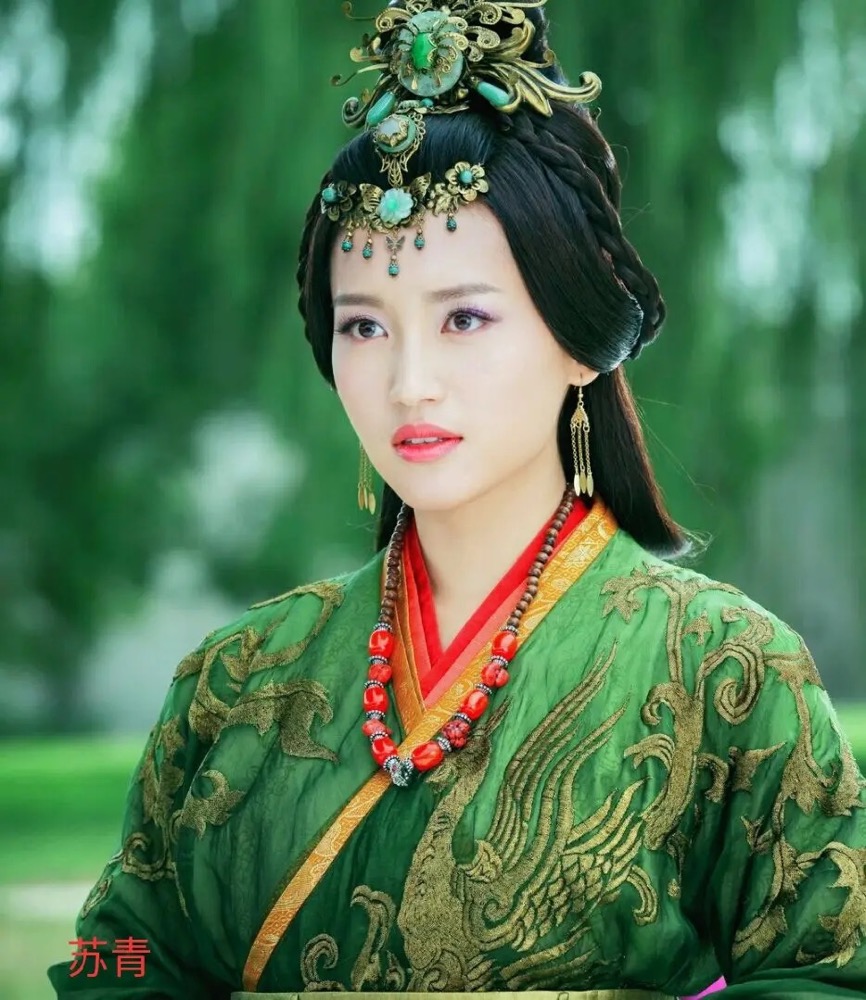
During the Qing Dynasty, the Chinese male Traditional hairstyles were called Queue or Cue. It was won by the subjects of this dynasty to symbolize their status and unity. In the Pre-Qin period, women wore a bun called the Chui Ji. The hair was held into a bun and held by JI, which was an ancient hairpin. The Qin dynasty brought the Wang Xian Jiu Huan Ji buns that were worn by noble women. The North and South dynasties wore a hairstyle called Fei Tian Ji where hair was gathered at the top, divided into strands, and coiled into a circle. In the Tang, the hairstyle was called the Wo Zhui Ji. The song Dynasty saw women comb their buns up to two feet high, and the style was called Chaotian Ji.
History of Chinese hairstyles
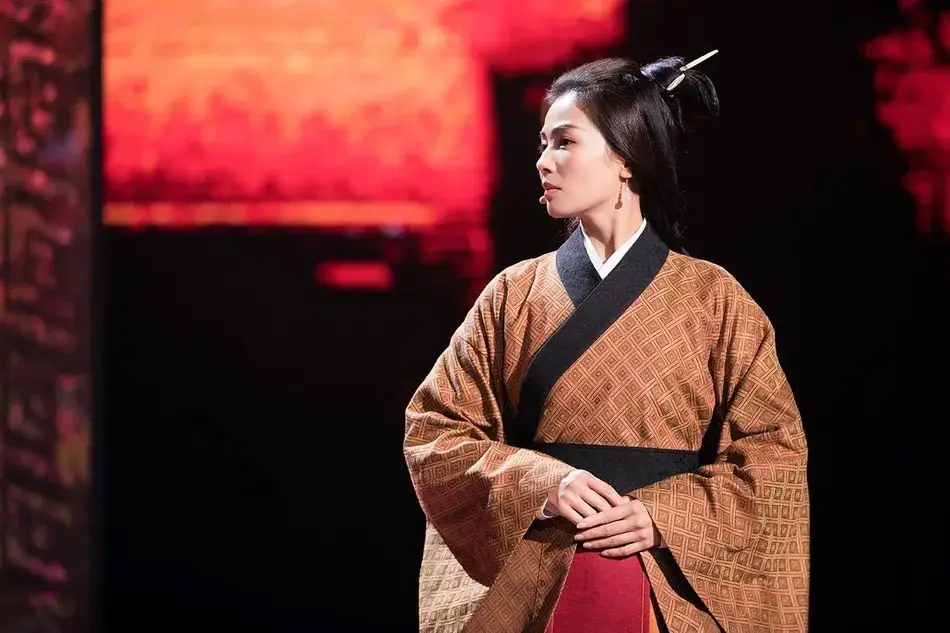
Chinese hairstyles have evolved from symbols of power and nobility, to an expression of individual styles and personalities. The symbolism of hair dates back to pre-Qin times when women wore their hair in a bun and held it with Ji. why did ancient chinese have long hair? In the Qing dynasty (1644-1912, the subjects wore the cue hairstyle as a requirement by law. The men were required to hold their hair at the top and shave the front. In the 18th century, hair was won in a queue by soldiers and sailors but was abandoned by the end of this century.
When the Han soldiers conquered the barbarians, they made them undo their queues as a sign of submission. Front shaving was outlawed, and men were required to grow all their hair. The Duo Ma Ji of the Han Dynasty was the most vital style. Although it evolved, most of its details remained intact. The bun hangs on one side of the hair after the hair was combed, braided into vertebrae, and let loose at the side of the hair.
Traditional Chinese hairstyles male
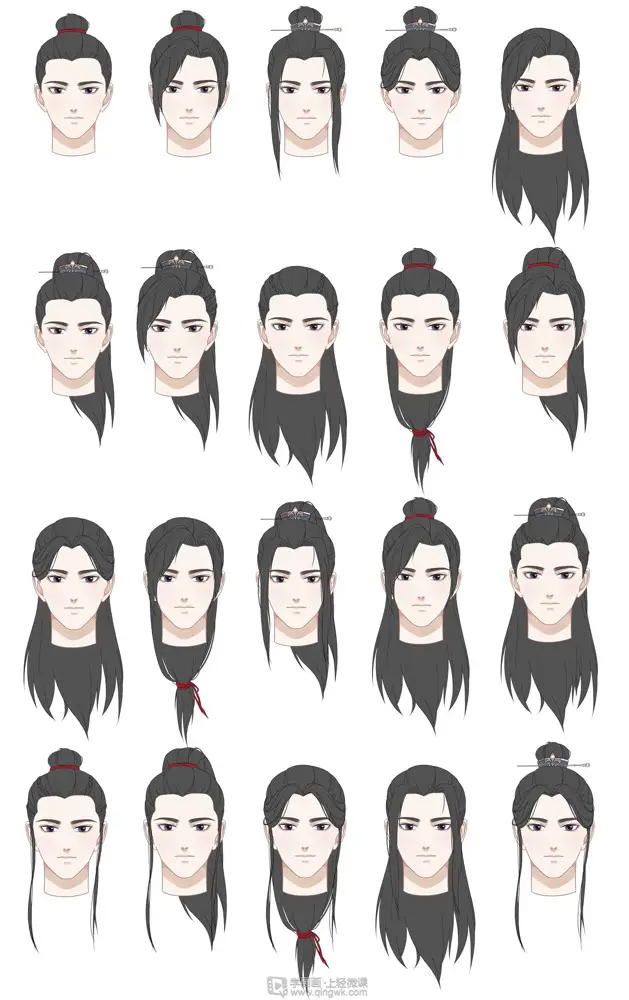
In the Shang and Zhou dynasties, men wore their hair loose and spread out. Zhou dynasty changed and required men to hold their hair up and make a bun. The nobles wore a crown to fix their buns, while the ordinary man wore a headscarf. When the Han conquered the Barbarians, they made them undo their queues and grow a full head of hair as opposed to the shaved front part of the head.
Men in the Hans and Tang dynasties wore headscarves called Futou. The Tang’s Futou was made in a dome shape with two legs hanging on the side like rabbit ears. The Song dynasty continued to wear the Futou but changed the legs to flat. The Yuan dynasty steered away from the previous hairstyles and introduced scalping and braiding among the Mongolian men. After the 1911 revolution, the culture changed drastically, and men were required to cut and keep their hair short.
What were some of the male hairstyles in ancient times?
As we had mentioned earlier, the males started with a headscarf called Futou. The headscarf came after the pre-Qin queue that required men to shave their heads at the front and the rest of their hair at the top in a burn. Before the queue order, men were required to grow long hair and bun it at the top. During the Qing, the Manchurian order made full hair or short hair treasonous, and men were required to shave their front heads. After the revolution, the men wore short hair, and long styles were seen as backwardness.
Ancient Chinese hairstyles male braids
The queue is the most ancient male braid won in the pre-Qin period. The men shaved their hair at the front and braided a long knot at the back. This was around the 1600 century to the 20th century. This changed in the dynasties that followed, and men were made to undo their queues in the Han dynasty.
Traditional Chinese hairstyles female
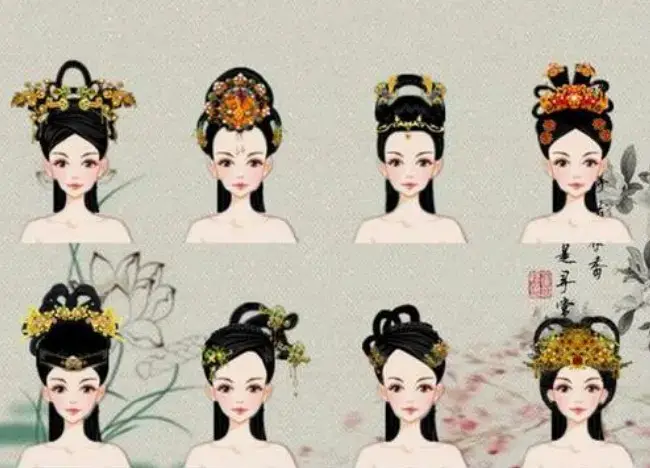
The female hairstyles revolved around buns. The Qin and Han dynasties saw the birth of the back-hanging bun. The high buns were prevalent in the Eastern Han and Jin dynasties. The pre-Qin bun was called the Chui Ji. The draped hair and braided hair were also common in these periods. The Warring States period also saw the Di, a type of wig.
The Qin dynasty had women in ring buns that were famous among the nobles. The bun continued to evolve through the Song dynasties to Fei Tian Ji where hair was held up, divided into strands, and coiled. The Tang dynasties only lengthened the bun upwards, and women used a pad of wood to achieve a dramatic length.
How to do traditional Chinese hairstyles
Most traditional hairstyles have buns that are held by various ornaments. A typical bun requires one to comb the hair upwards or backward, depending on the choice of the bun. The next step is to divide the hair into two strands and hold it in a ponytail. Take a hair stick and insert it across the top of the ponytail. Roll the entire ponytail under the stick and roll over the stick in circular motions until all the hair is tightly held onto the stick. Tuck the remaining piece of the ponytail under the stick, and that’s it.
Conclusion
Chinese male and female hairstyles have evolved. Some traditional styles have been abandoned, like the long male hair, while the female bun has been retained. The styles were significant as they denoted the nobility and status of an individual. The Chinese traditional hairstyles were undoubtedly artistic and stylish.